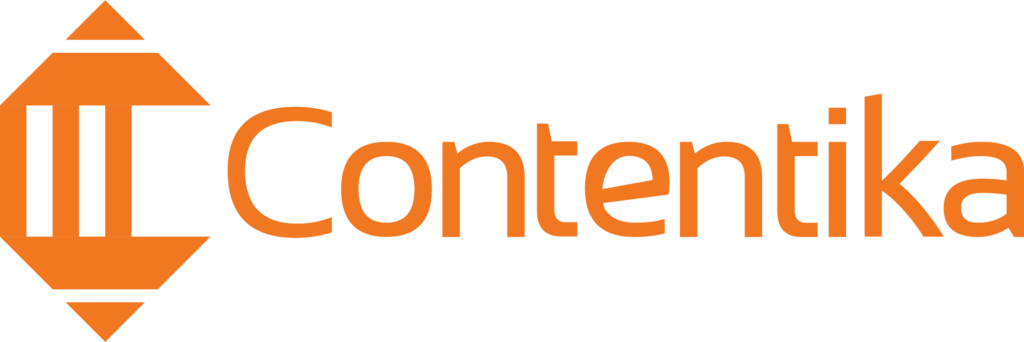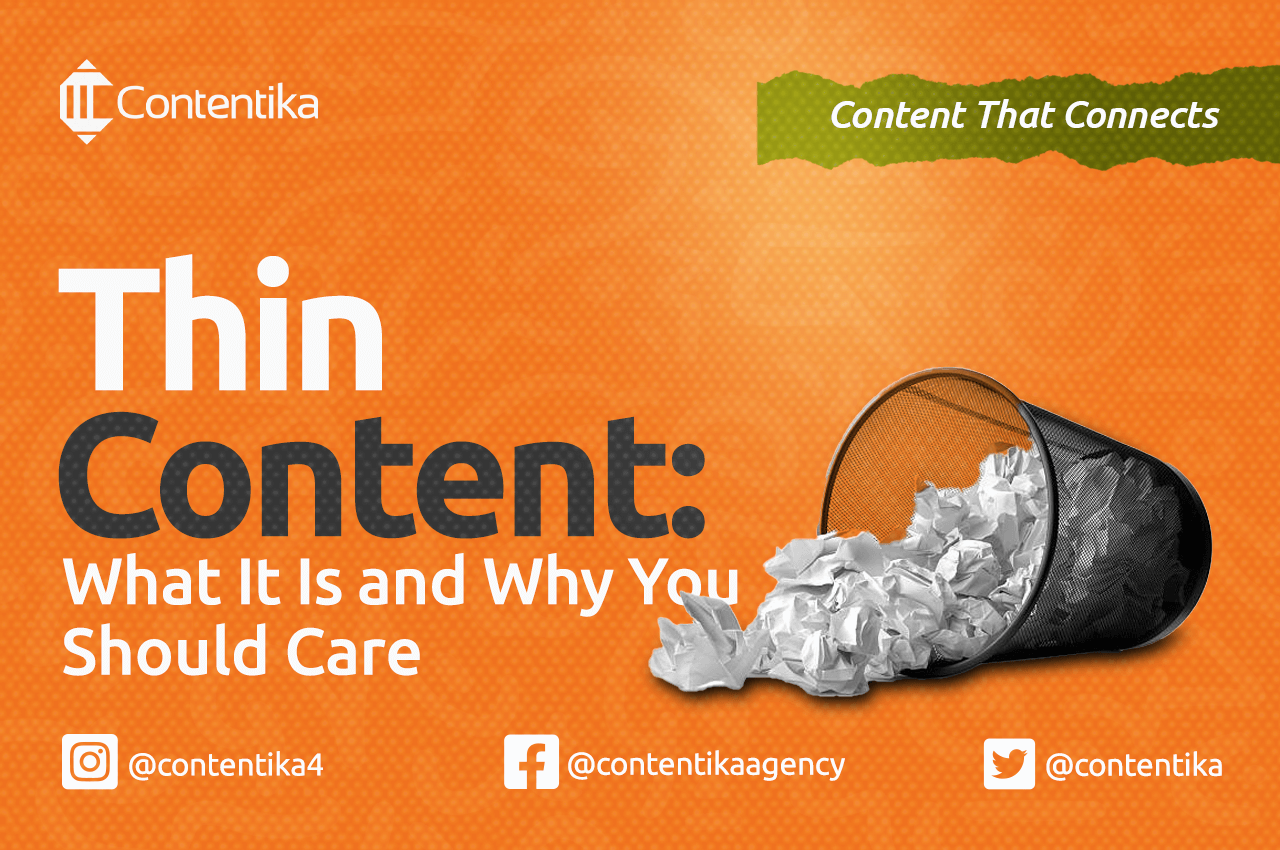Content has become an integral part of our daily lives. We consume it in various forms, from books and movies to music and commercials. As a business owner, knowing how to leverage content effectively can be incredibly valuable.
In today’s digital age, terms like SEO, inbound marketing, and lead generation are often thrown around.
However, two terms that are becoming increasingly popular are “content strategy” and “content marketing.” Although the two may seem similar, they have distinct differences that are crucial to developing a successful content strategy for your business.
In this blog post, we will delve into the nuances of each term, how they work together, and why they are both essential to the success of your online presence. So, let’s dive in and explore the world of content strategy and content marketing.
Content Strategy: How to Create an Effective Plan

Industry experts define content strategy as the “planning, creation, delivery, and governance of content.” Content strategists are responsible for developing a holistic plan focusing on high-quality content to meet organizational objectives.
This includes analyzing user needs, identifying target audiences, determining optimal channels for distribution, setting editorial standards, and developing processes for review and optimization.
Content strategy provides direction on creating and managing consistent, relevant, engaging, and valuable content for the intended audience. It involves careful analysis of existing content and research into user needs to develop an effective plan for creating or curating content that meets those needs.
Content strategy also guides content creators and editors, ensuring all content has the same standards.
It also requires SEO and digital marketing knowledge to ensure that content is optimized for search engines and reaches the intended audience.
Finally, content strategy can help organizations measure their success in meeting goals and optimizing user engagement through analytics and metrics.
Content Marketing: How to Maximize Your Reach

Content marketing is creating and disseminating online material, such as videos, blogs, and social media posts, designed to generate interest in a brand’s products or services without directly promoting them. The primary objective of content marketing is to attract and retain customers by delivering consistent and valuable or entertaining content.
This marketing approach concentrates on producing content that appeals to a particular audience segment to drive profitable customer action. The range of online tools that content marketing employs to reach customers includes podcasts, videos, webinars, and e-books.
Moreover, content marketing campaigns aim to establish long-term relationships with existing customers by providing relevant information and resources that address their interests and needs.
By focusing on building trust and credibility with its audience, content marketing is a powerful strategy for building brand awareness, generating leads, and nurturing customer loyalty.
Content Strategy Vs. Content Marketing

Content strategy and content marketing are two different approaches to managing content creation, publication, and distribution. Content strategy involves designing a long-term plan to create compelling content that meets the needs of an organization’s goals and customers.
Content marketing is more focused on using specific types of content, such as blogs, videos, infographics, and ebooks, to attract customers and build relationships with them in the short term.
Both strategies are crucial for a successful digital marketing program. However, having an effective content strategy can help organizations create and distribute the right type of content to their audience, ensuring long-term success and meeting their goals. On the other hand, content marketing focuses more on creating specific types of content to attract customers and build relationships with them.
By understanding the differences between content strategy and content marketing, organizations can ensure they create the right content to meet their objectives. Content strategy aims to create an efficient system for producing content that leads to long-term success and helps organizations achieve their goals, while content marketing focuses on creating content to attract customers and build relationships with them in the short term.
The Distinction Between Content Strategy and Content Marketing
Though they often get confused, content strategy and marketing are two essential components of a successful digital marketing campaign. Understanding how these two disciplines differ is essential to creating and executing an effective digital marketing plan.
Goals
Content strategy is focused on the long-term success of content, while content marketing is directed at short-term objectives. Content strategy encompasses creating, storing, managing, and optimizing assets to provide valuable content to achieve business goals.
Content marketing involves creating and delivering content to attract, engage and convert a target audience into customers. Content strategy includes auditing current content assets and mapping out a long-term plan for creating new ones.
Content marketing involves the promotion of existing or newly created content assets to help build awareness and drive engagement. Both strategies are essential in creating a successful online presence and should work together to meet organizational objectives.
Audience
Content strategy is concerned with clarifying the target audience for the content and understanding their needs. This involves researching who the audience is, what they want to gain from the content, and how best to engage them.
Content marketing then uses this research to create relevant, engaging content that resonates with them. The focus here is on providing exciting or helpful information that builds a positive relationship between the content creator and the audience.
Ultimately, content strategies and content marketing help create an effective connection with the target audience. Together, they work to ensure that content is tailored to meet their needs and provide them with valuable insight into a given topic.
Content strategy and content marketing also work hand-in-hand to ensure the content is high quality, consistent, and engaging. This, in turn, helps to build trust with the audience and can ultimately lead to increased conversions.
Focus
Content strategy is focused on understanding the user, developing a content plan based on that knowledge, and optimizing content for maximum impact. Content marketing, on the other hand, is focused on creating content to promote a product or service. It’s about identifying target customers and crafting messages to reach them.
Both require understanding user needs, but content strategy takes a more comprehensive approach, while content marketing is all about driving engagement.
Content strategy also requires a deeper analysis of competitive content to determine how it’s being received and what can be done differently to create an even more significant impact. Content marketing focuses on understanding the customer’s journey and creating content that addresses specific pain points.
Processes
Content strategy is the process of planning, developing, and managing content. Content marketing is using content to engage with potential customers and build relationships. Content strategy requires understanding your audience, researching relevant topics, creating meaningful content that fits within the company mission and goals, and distributing it to the proper channels at the right time.
Conversely, content marketing focuses on using content to reach specific goals, such as increasing sales, generating leads, and growing brand awareness. It involves creating targeted campaigns that use various channels such as social media, email marketing, webinars, and blogs. Both require an understanding of the user’s needs and behaviors.
Benefits of Both Content Strategy and Content Marketing
Content strategy and content marketing are powerful tools for creating compelling digital experiences. By leveraging both strengths, organizations can build engaging content that drives customer engagement and increases brand loyalty.
Content strategy helps create a practical content roadmap, while content marketing ensures the right message is delivered on time.
Together, these strategies can help businesses create an effective content ecosystem that helps to achieve their goals. A content strategy allows organizations to develop a clear plan for how they want to communicate and engage with their customers. This includes setting organizational objectives, understanding customer needs, developing content strategies that meet those needs and measuring the success of content initiatives.
Content strategy also involves creating a unified voice across all channels to ensure consistency in messaging. Conversely, content marketing includes everything from creating engaging content, designing compelling visuals and calls-to-action to developing targeted campaigns that address customer needs and engage them on various platforms.
By combining content strategy and content marketing, businesses can create a cohesive content marketing experience that drives engagement, conversion, and brand loyalty.
Tips for Developing a Comprehensive Content Strategy

When it comes to developing a comprehensive content strategy, there are a few key things you need to keep in mind:
Define Your Goals and Objectives
Every organization is different, so tailoring your content strategy to your goals and objectives is important. After all, how can you measure success if you don’t know what you want to achieve?
There are a few key questions you should ask yourself before developing your content strategy:
– What are our business goals?
– Who is our target audience?
– What do we want our target audience to do?
– What kind of content will help us achieve our goals?
– When and where will we publish this content?
– Who will create, curate, and publish this content?
– How will we measure the success of our content strategy?
Answering these questions will give you an excellent foundation to build your content strategy. Also, make sure your goals are specific, measurable, attainable, relevant, and time-bound (SMART).
Know Your Target Audience
Creating content without knowing your target audience is like shooting an arrow in the dark. You might get lucky and hit the bullseye, but you’ll probably miss and waste time and effort. So how do you know who your target audience is?
There are a few ways to go about this; creating buyer personas. Buyer personas are fictional representations of your ideal customers based on market research and accurate customer data. Once you have your buyer persona, you’ll better understand what content to create.
Another way to get to know your target audience is by surveying your existing customers. You can do this through email, social media, or even in person.
Finally, you can also use Google Analytics to track who visits your site and what kind of content they’re engaging with. This will give you some insights into what type of content resonates with your audience and what isn’t.
Create a Content Calendar
You can use a content calendar to plan the topics and types of content you want to create. This can be helpful in a few ways:
- It ensures you have a variety of content, so you’re not just posting the same thing repeatedly.
- It helps you come up with ideas for new content.
- It keeps you organized and on track with your content strategy.
A content calendar is simple. You can use a spreadsheet like Google Sheets or a tool like Trello. Create a list of topics you want to write about, and add the date you plan to publish them. This will help you stay on track and ensure your content strategy is comprehensive.
Determine the Format and Frequency of Your Content
The format of your content will be dictated by the goals you set in your strategy. To increase brand awareness, you’ll want to create shareable and accessible content. On the other hand, if you’re looking to generate leads, you’ll want to make more detailed and actionable content.
As for frequency, there is no magic number. The best frequency for your company will depend on various factors, including resources, audience engagement, and overall goals. However, it’s better to err on the side of publishing too much content rather than too little.
Set up a System for Measuring Success
One crucial aspect of any content strategy is knowing how to measure success. With this, it’s easier to tell if your content has the desired effect. Luckily, there are a few key metrics you can focus on to get an idea of whether or not your content is resonating with your audience.
One metric you can look at is web traffic. This includes the number of unique visitors to your site and the number of page views. If you see an increase in web traffic after implementing a new content strategy, that’s a good sign that your content is well-received.
Another metric you can track is engagement. This can include the number of social media shares, comments, or likes your content receives. You can also look at the average time spent on a page to understand how engaged readers are with your content.
Don’t despair if you do not see the results you want regarding web traffic or engagement, don’t despair. It can take some time to see results from a new content strategy. Just keep an eye on your metrics and adjust your strategy as needed. With a little trial and error, you should be able to find a content strategy that works for your business.
Conclusion
Content strategy involves careful planning and selecting content that aligns with specific goals and objectives, while content marketing involves actively engaging with the target audience to achieve desired outcomes.
Content strategy focuses on identifying the right audience and creating content that resonates with them. In contrast, content marketing involves promoting the content and driving action through various tactics such as social media optimization, search engine optimization, and email campaigns.
In summary, content strategy is finding the right content to reach an audience, while content marketing uses that content to drive action.
FAQs
Content marketing strategies are tactics and approaches used to create, distribute and promote valuable content to generate leads, drive website traffic, and increase brand awareness. This type of content is designed to attract and retain a clearly defined audience and, ultimately, to drive profitable customer action.
Content strategists typically use various tools, including keyword research tools, content management systems (CMS), customer relationship management software (CRM), analytics, and social media platforms. These tools allow strategists to research topics, create content, measure performance, and promote their pieces to reach the desired audience.
The golden rule of content marketing is to create valuable, relevant, and consistent content that meets the needs of your target audience. By focusing on providing such content, you can build a strong connection with your customers and prospects and establish yourself as an authority in your industry.
Content strategy has three main components: content planning, creation, and distribution. Content planning consists of understanding the audience’s needs and creating a plan to provide content that meets those needs. Content creation involves crafting the actual content according to the plan. Content distribution includes getting the content out to the right people at the right time and in the right format.












